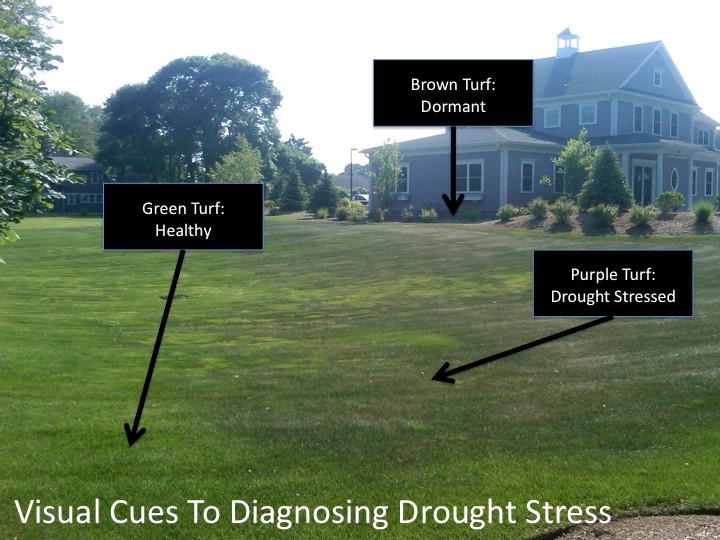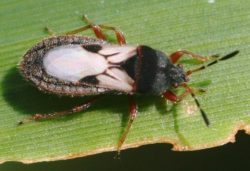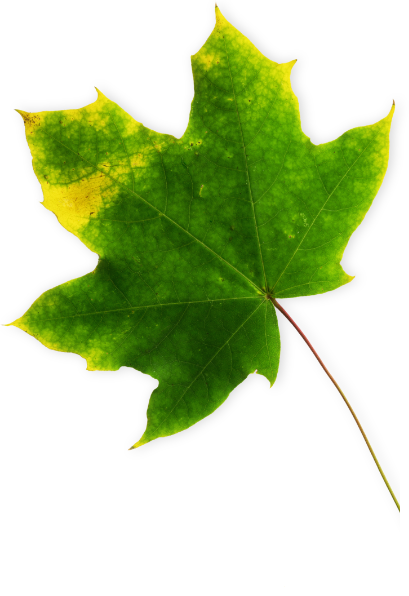It’s that time of year again when the season’s highest temperatures as well as the least amount of natural rainfall. These weather conditions, combined with town water bans, can be a bit challenging as you care for your lawn. Not to mention, it’ll be more vulnerable to common summer lawn stressors.
Even if you’ve managed to keep irrigating, your lawn may still be turning brown. Why is that? There are a number of summer culprits that could be stressing out your lawn such as heat and drought stress, chinch bug damage, and summer patch to name a few.
What is heat and drought stress?
Heat stress often appears in lawns after days of lingering hot and dry weather conditions. Drought stress is a condition that occurs when there is insufficient water in the soil to meet the needs of the turfgrass plant. Visually it can be seen in a subtle change in the color of the lawn from green to a purple-green. Also, when walked upon, footprints left on the lawn are slow to disappear. Please note: heat stress can lead to drought stress, but drought stress can occur without heat stress.

Shared by our friends at NALP
Extended heat stress or drought stress eventually leads to dormancy. Dormancy is actually good news, believe it or not! Nature had endowed the grass plant with a highly effective defense mechanism to protect it when the weather is just too hot and dry for cool-season grasses like ours to otherwise survive.
Cool-season turfgrasses do best when temperatures are in the 60 to 70-degree range during the day and we receive an inch or so of rainfall per week. That is why the lawns look so spectacular first thing in the spring and at the end of the fall – temperatures and moisture are at optimal levels.
 What about summer insects and lawn disease?
What about summer insects and lawn disease?
Let’s talk about the other summer stressors mentioned…chinch bugs and summer patch. Pests, weeds, and diseases take advantage of lawns in a weakened state. Chinch bugs live on the top lawn layer (compared to grubs who live in the soil). They damage turfgrass plants by sucking the juices of the grass blades and their damage is often confused with drought stress.
Summer patch is a fungus that destroys turfgrass by infecting and destroying the roots. As the name implies, you will see patches throughout the lawn of wilted, brown grass.
As you can see, these four common summer lawn stressors can easily be confused with each other. If your lawn has brown patches, please call us at (781) 297-3674 and we can come out to inspect and identify the underlying cause. We will provide you with recommendations and possible solutions to rectify. You can also reach out by filling out the form our Contact Us page.
